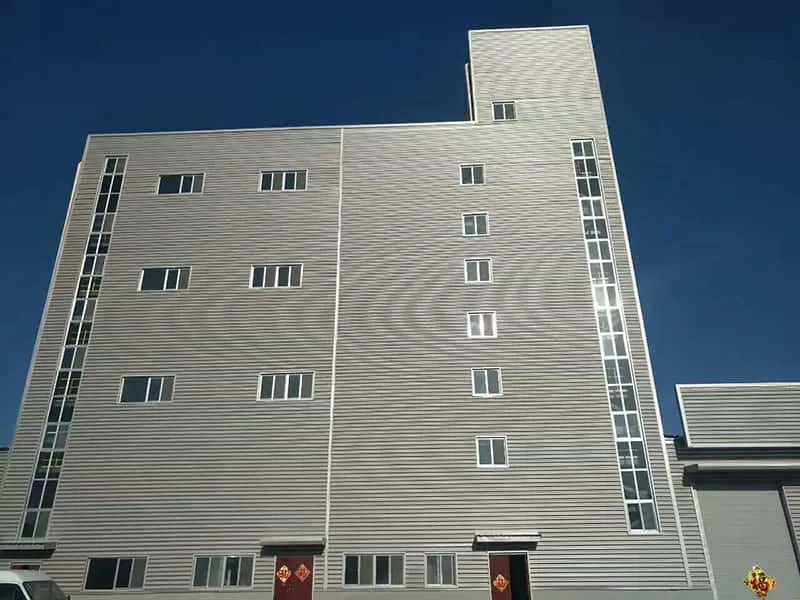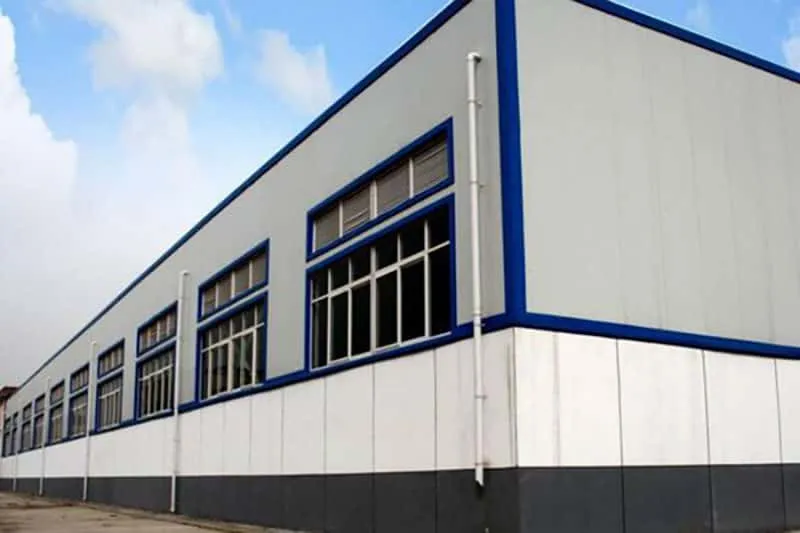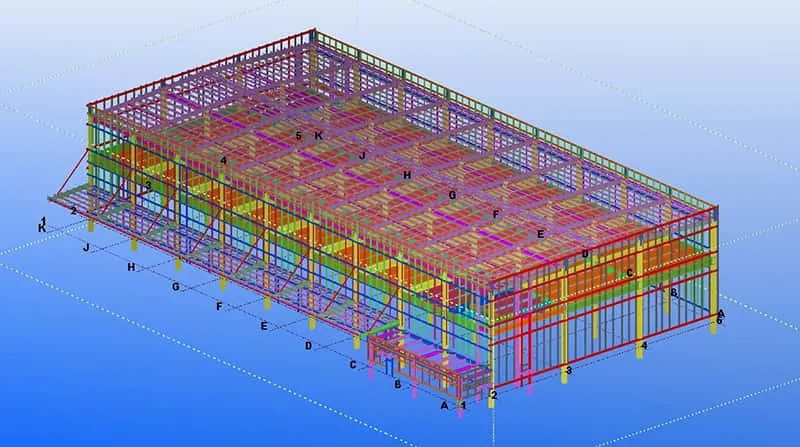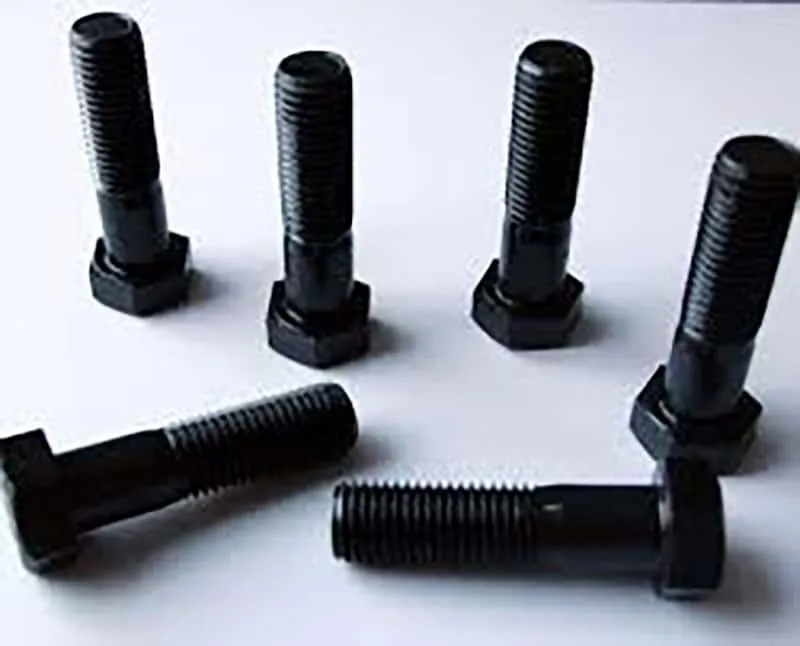High-rise Steel Structure Technology
Depending on the building height and design requirements, frame structures, frame-braced structures, tubular structures, and mega-frame structures can be selected. The components can be made of steel, reinforced concrete, or concrete-filled steel tubes. Steel structures are lightweight and have good ductility, making them suitable for super-tall buildings; reinforced concrete structures offer greater stiffness and fire resistance, making them suitable for medium and high-rise buildings or foundation structures; concrete-filled steel tube structures are easy to construct and are mainly used for columns.

Spatial Steel Structure Technology
Spatial steel structures are lightweight, have high stiffness, and feature attractive shapes, with fast construction speed. These structures have large spatial stiffness and low steel consumption, and there are comprehensive design, construction, and inspection standards, as well as full CAD support. In addition to grid structures, spatial steel structures also include large-span cable structures and membrane structures.

Light Steel Structure Technology
Light steel structures combine walls and roofs made from colored steel plates. These structures are suitable for light industrial buildings and offer advantages such as low weight, fast installation, low investment, and unrestricted by seasons. Hengon`s design process is standardized and specialized prefab metal structure production direct supoplier, to ensure high product quality and installation efficiency.

Steel-Concrete Composite Structure Technology
They combine the advantages of both steel and concrete, offering high strength, good stiffness, and excellent seismic performance. When concrete is wrapped around steel, the structure also has enhanced fire and corrosion resistance. Composite structures can reduce steel consumption by 15% to 20%. They are widely used in multi-story or high-rise buildings with heavy loads, as well as in industrial buildings system.

High-Strength Bolt Connections and Welding Technology
High-strength bolts transfer stress through friction and consist of three parts: bolts, nuts, and washers. They are easy to install and remove, have high load-bearing capacity, good fatigue resistance, and self-locking properties, making them a primary connection method in steel structure fabrication and installation, replacing rivets and some welding processes.

Steel Structure Protection Technology
Protection of steel structures involves fireproofing, corrosion resistance, and rust prevention. After being treated with fireproof coatings, no additional rust treatment is usually required, but for structures in corrosive environments, further corrosion protection is necessary. During construction, the appropriate coating and thickness should be selected based on the type of steel structure, fire resistance requirements, and environmental conditions.

Hengon Steel Structure Ltd. excels in employing these techniques to deliver high-performance and cost-effective solutions for various prefabricated steel structure buildings. With extensive experience and a deep understanding of these technologies, Hengon ensures the efficient design, fabrication, and installation of peb steel structure that meet the highest industry standards, offering optimal strength, safety, and durability for both low-rise and high-rise peb buildings, as well as specialized industrial facilities.